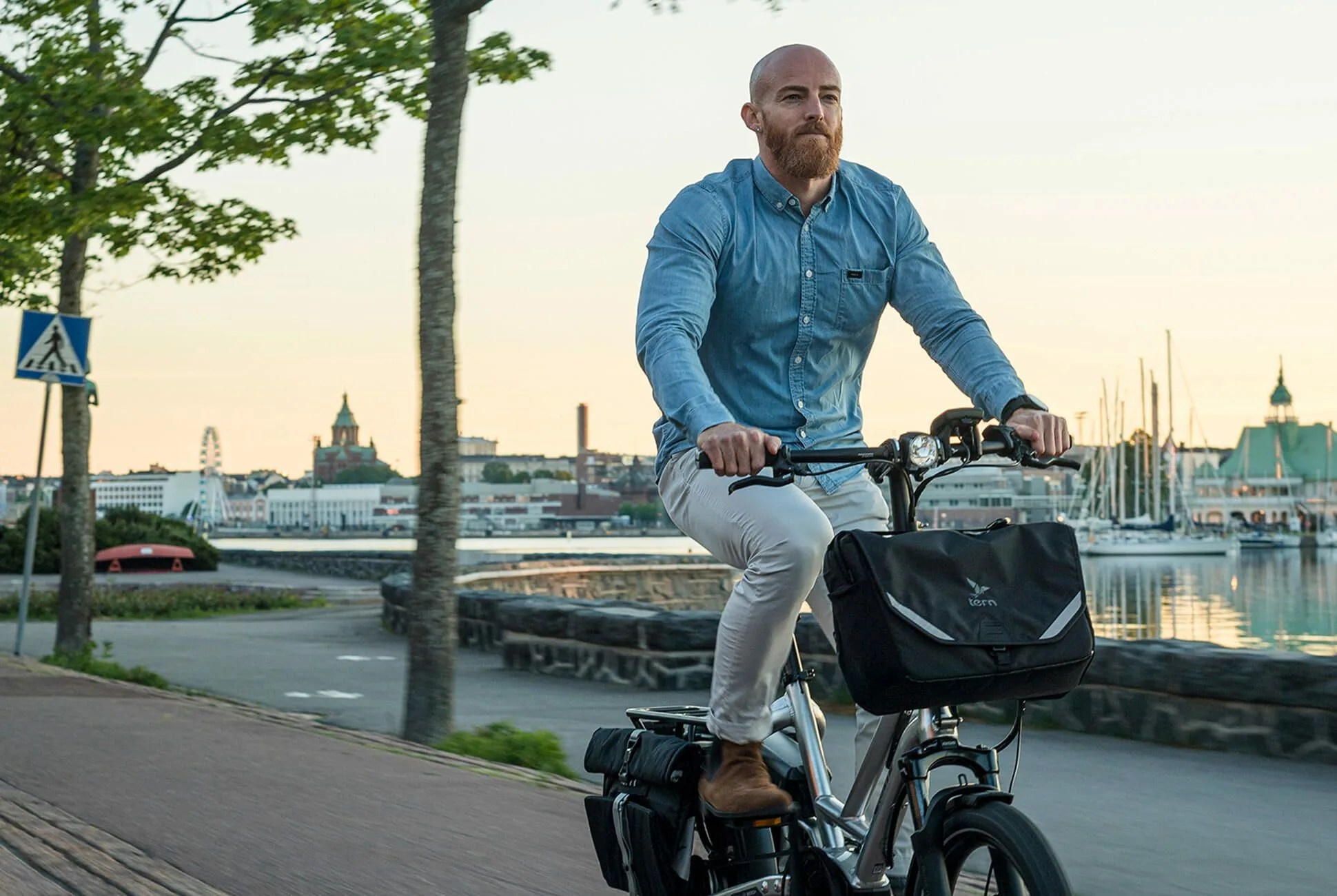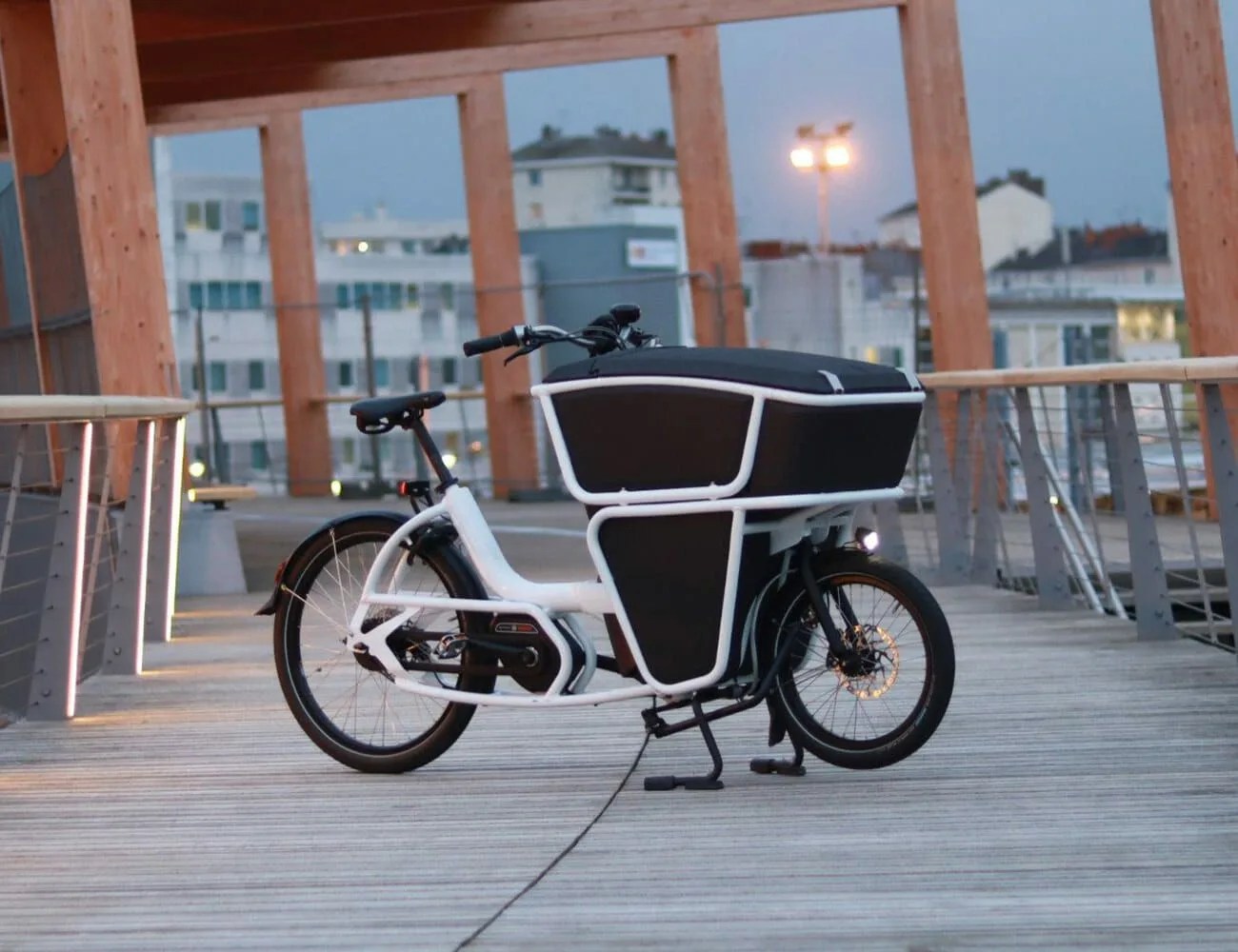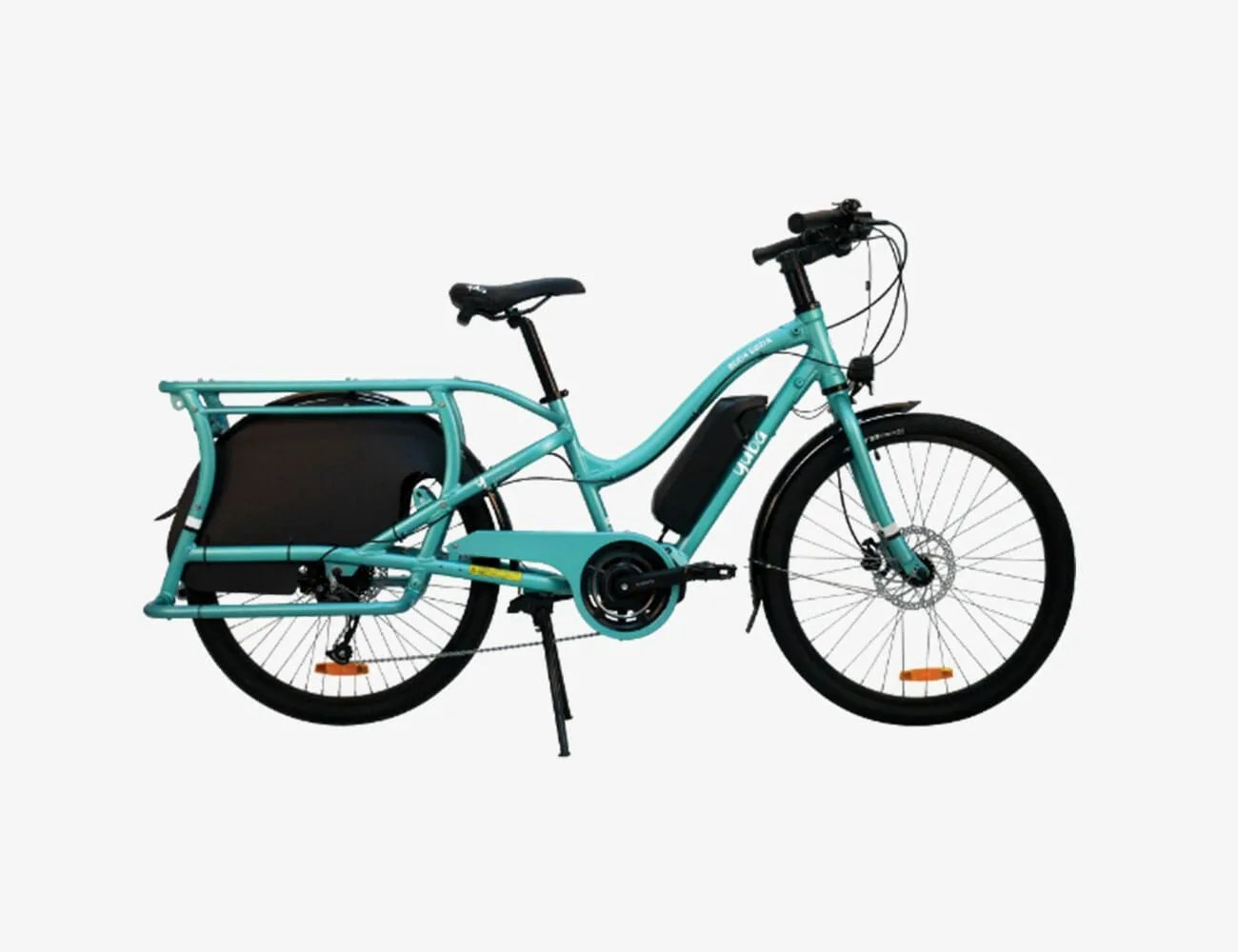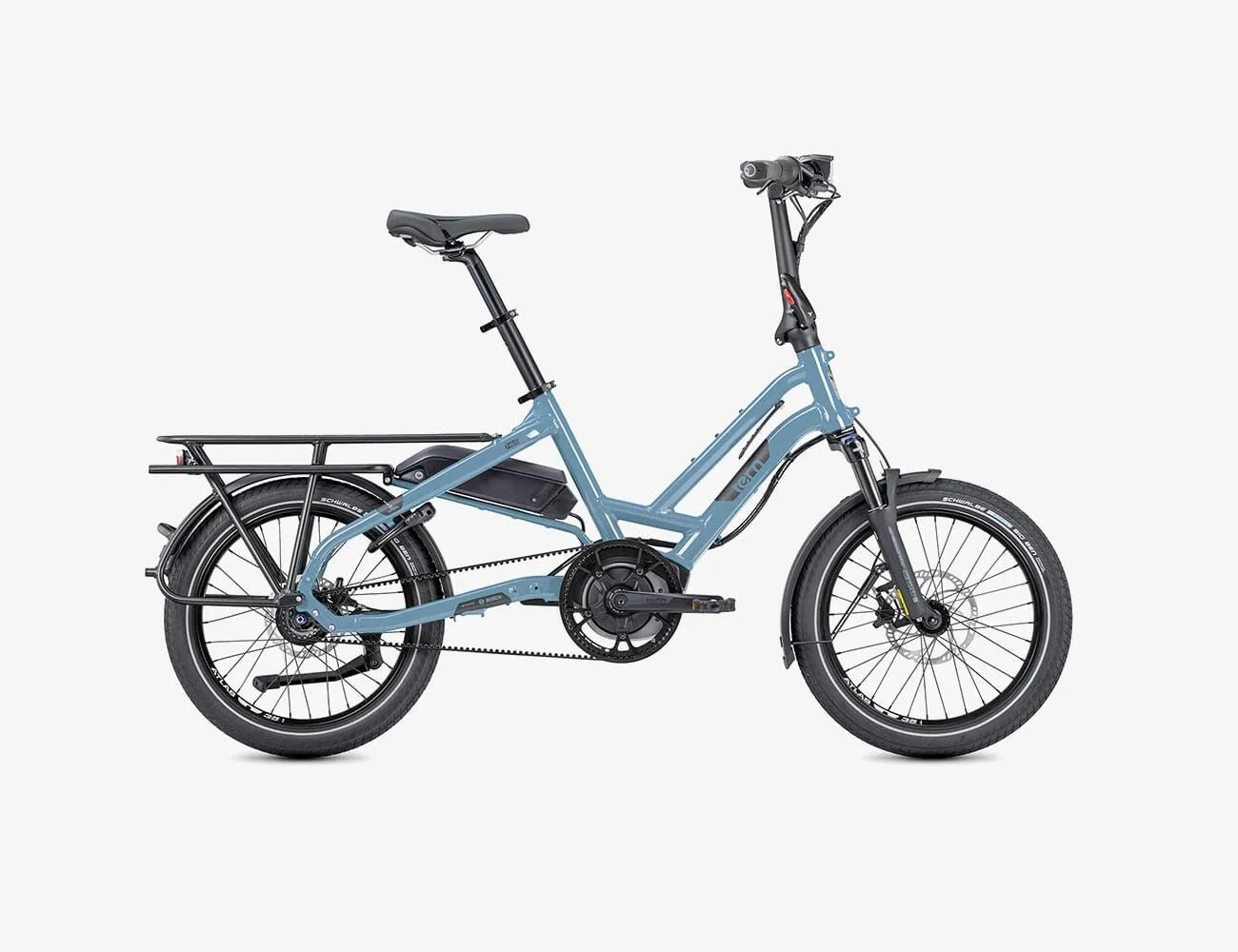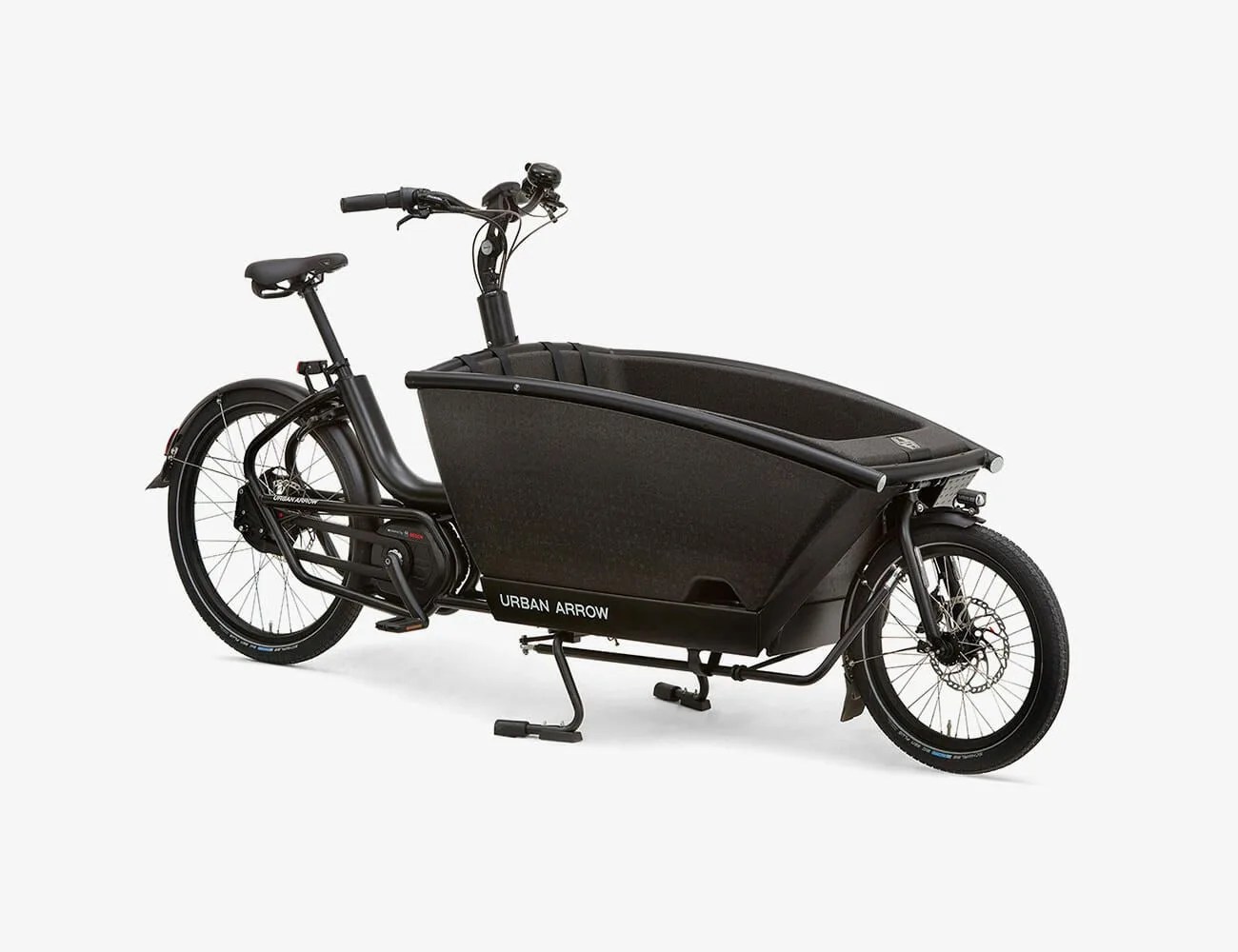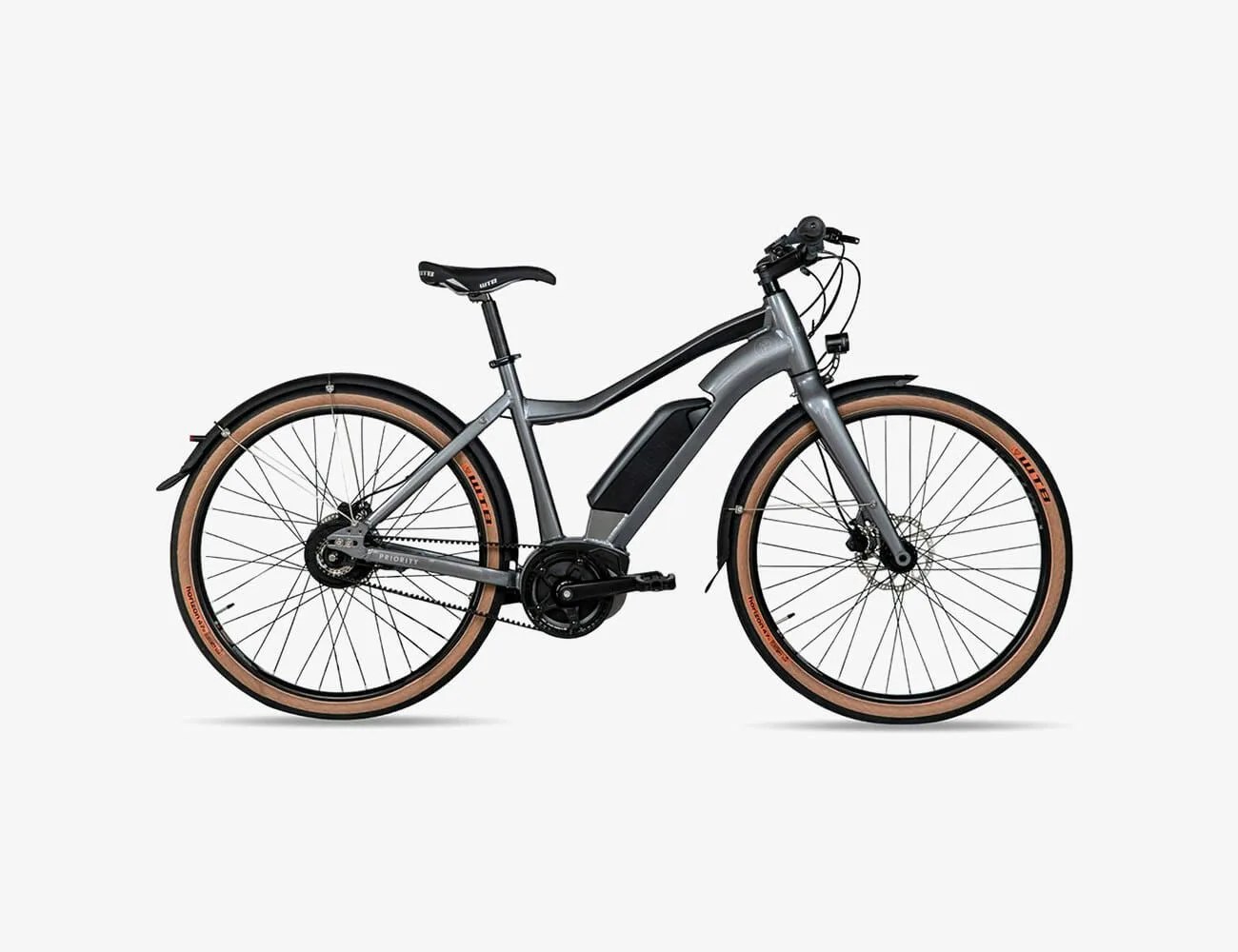You probably recall the day the internet shook last fall: November 21st, to be exact, when Elon Musk unveiled the Tesla Cyber Truck. You know, the vehicle of the future that looks like an EL Camino if an El Camino had been designed before we discovered curves.
Aggressively unconventional aesthetics aside, the Cyber Truck claims to be the solution to many of our gas-fueled problems. After all, the Ford F150 is the most popular vehicle in the USA. If we could persuade people driving fossil fuel trucks like that one to get into zero emissions rides, we’d be making progress, right?
Well, kind of. But if we really want to create positive change, we need to make a bigger leap. Electric trucks are certainly an improvement compared to petrol or diesel, but they are not the panacea they are made out to be. If you really care about reducing the impact of your travel, and you are looking for a new vehicle to haul a lot of people or cargo, an electric cargo bike is by far the best way to get around.
As a bonus, there is no glass to shatter along with your ego when you try to show how tough your truck is, and you don’t have to pay now and spend the next few years anxiously checking Twitter to see when your new vehicle will arrive. I don’t want to say the Cyber Truck is the Marlboro Light of vehicles, but I’m not about to say it isn’t, either.
The Math Hurts
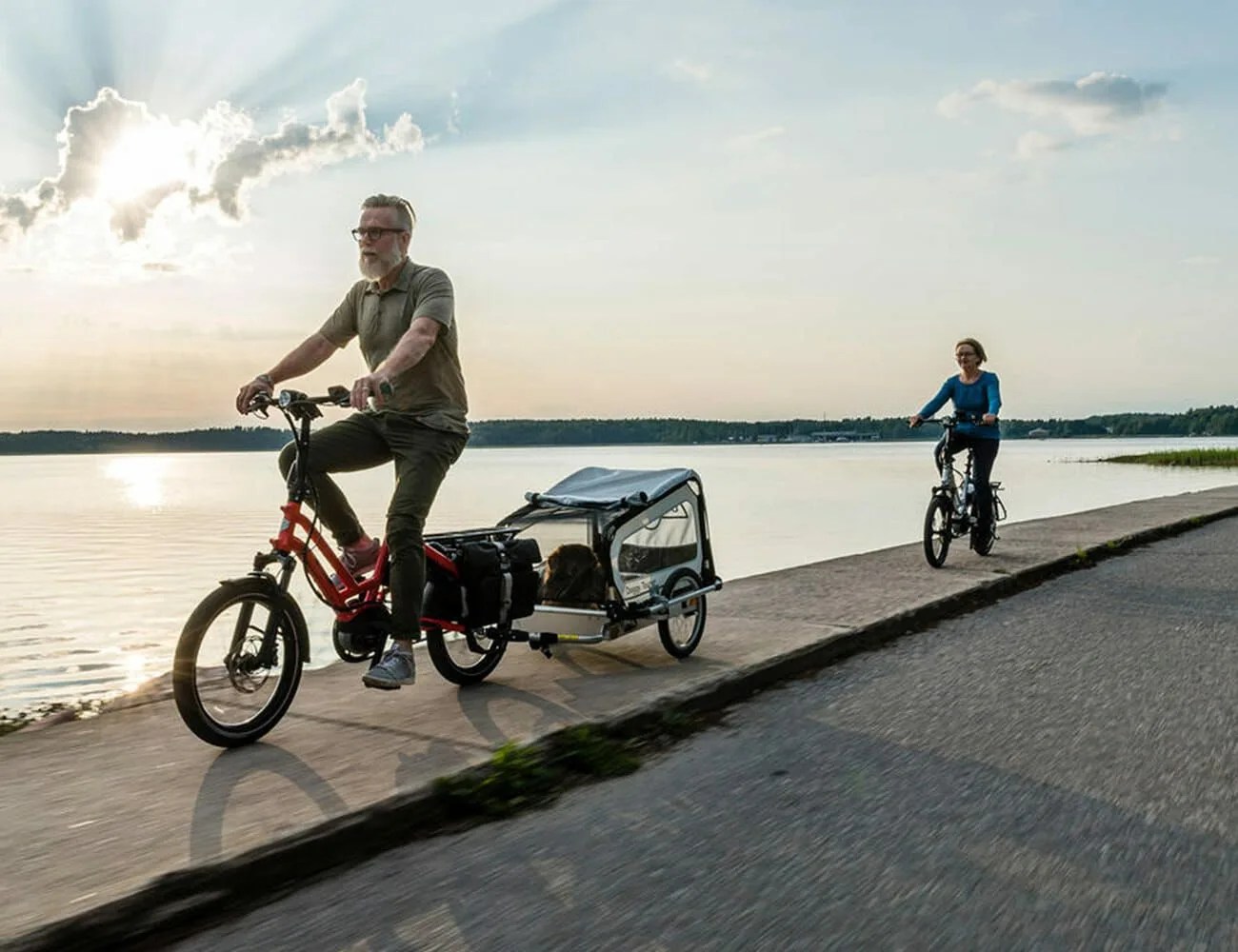
Let’s look at some numbers. Survey response data from e-bike riders suggests the average e-bike consumes about 1.02 kwh of electricity per 100 miles travelled. Using data from Tesla’s launch claims, we get an estimated efficiency of 35.5 kwh per 100 miles using the cybertruck. The truck is approximately 35 times less efficient. Which wouldn’t be such an issue if all our energy came from renewable sources, but in the USA, less than 17 percent of it comes from eco-friendly sources, with over 60 percent coming from burning dead dinosaurs.
